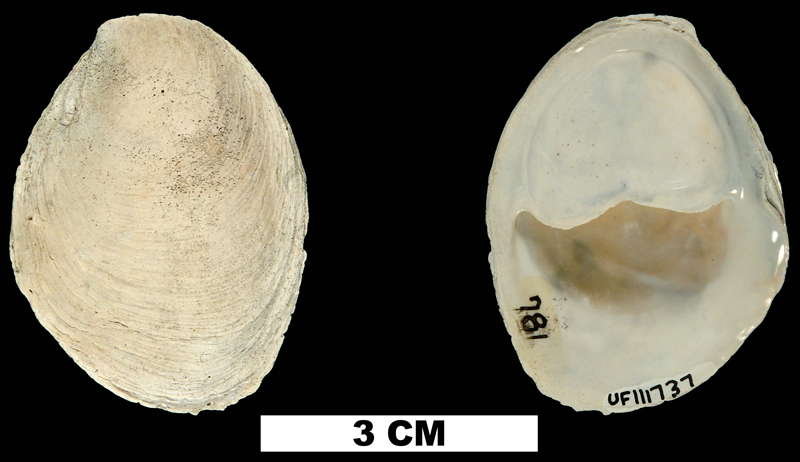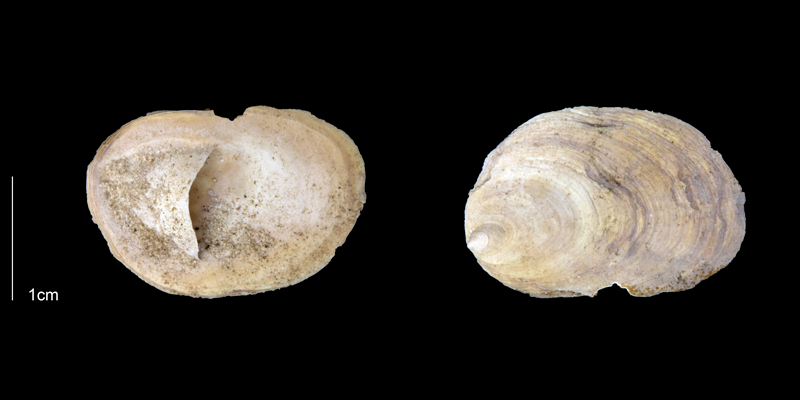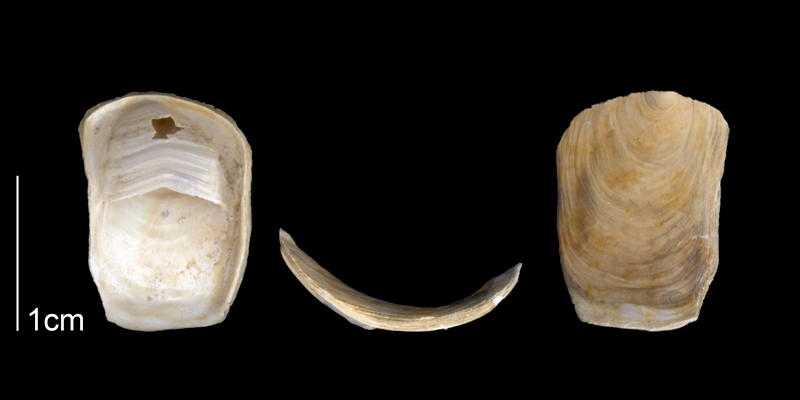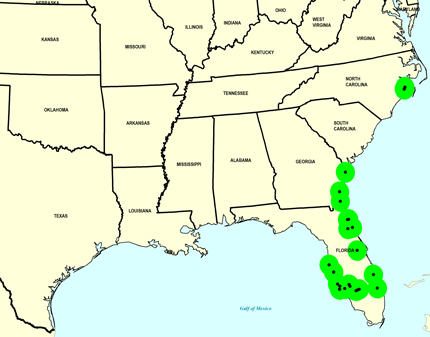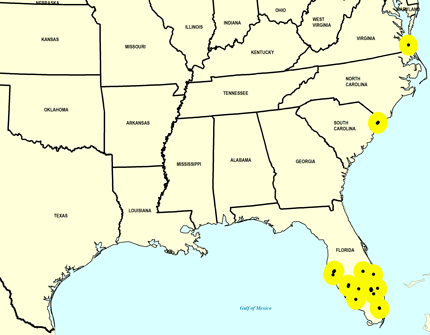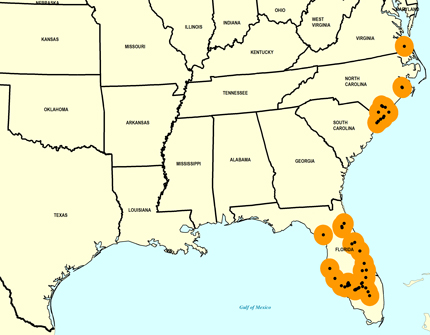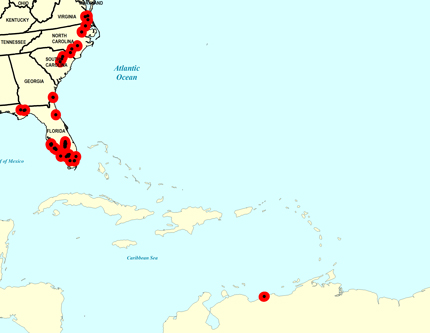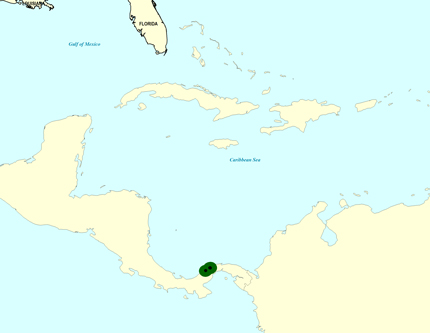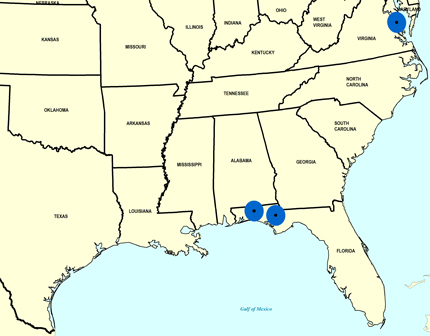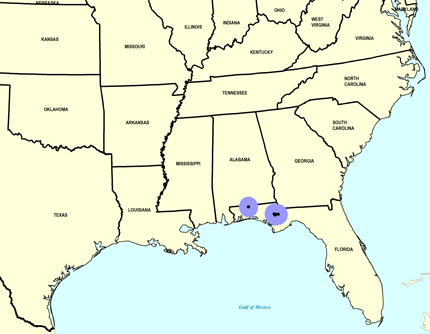
Crepidula plana
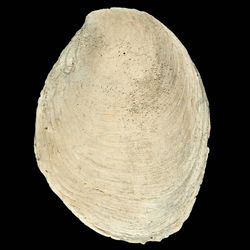
- Phylum: Mollusca
- Class: Gastropoda
- Order: Littorinimorpha
- Family: Calyptraeidae
- Genus: Crepidula
- Species: Crepidula plana (Say, 1822)
- Common Name: Eastern white slippersnail
Geological Range
Early Miocene to Late Pleistocene; Recent.
Paleogeographic Distribution
Venezuela to Virginia.
Remarks
For information on the modern distribution of the species, see Malacolog and WoRMS.
Original Description (from Say, 1822, p. 226-227):
"Shell depressed, flat, oblong oval, transversely wrinkled, lateral margins abruptly deflected; apex not prominent, and constituting a mere terminal angle, obsolete in the old shells; within white; diaphragm occupying half the length of the shell, convex, contracted in the middle and at one side.
Length 1 and 1-10 of an inch.
Inhabits the coast of the United States.
Cabinet of the Academy and Philadelphia Museum.
A remarkably distinct species, the surface of the shell is flat, and sometimes slightly concave. The young shell is generally orbicular, and gradually becomes proportionally more elongated as it increases in size. I have found it on the coasts of Maryland, Carolina, Georgia and East Florida, and my brother, Mr. Benjamin Say, discovered it on the shores of New Jersey."
To access this description in its original formatting through the Biodiversity Heritage Library, click here.
Stratigraphic Occurrences
- Late Pleistocene
- Anastasia Formation (N. FL)
- Coffee Mill Hammock Formation (S. FL)
- Flanner Beach Formation (NC)
- Fort Thompson Formation (S. FL)
- Fort Thompson Formation? (S. FL)
- Neuse Formation (NC)
- Norfolk Formation (VA)
- Pamlico Formation (S. FL, N. FL)
- Satilla Formation (N. FL)
- Satilla Formation? (GA)
- Middle Pleistocene
- Bermont Formation (S. FL)
- Bermont Formation? (S. FL)
- Canepatch Formation (SC)
- Early Pleistocene
- Caloosahatchee Formation (S. FL)
- Chowan River Formation (VA)
- James City Formation (NC)
- Nashua Formation (N. FL)
- Waccamaw Formation (SC, NC)
- Late Pliocene
- Duplin Formation (SC, NC)
- Duplin / Raysor formations (GA)
- Jackson Bluff Formation (N. FL)
- Mare Formation (Lower) (Venezuela)
- Raysor Formation (SC)
- Tamiami Formation (Pinecrest Beds) (S. FL)
- Yorktown Formation (NC, VA)
- Late Miocene
- Chagres Formation (Panama)
- Gatun Formation (Lower) (Panama)
- Middle Miocene
- Shoal River Formation (N. FL)
- St. Marys Formation (VA) (Age not resolved beyond "Miocene")
- Early Miocene
- Chipola Formation (N. FL)
- Oak Grove Sand (N. FL)
